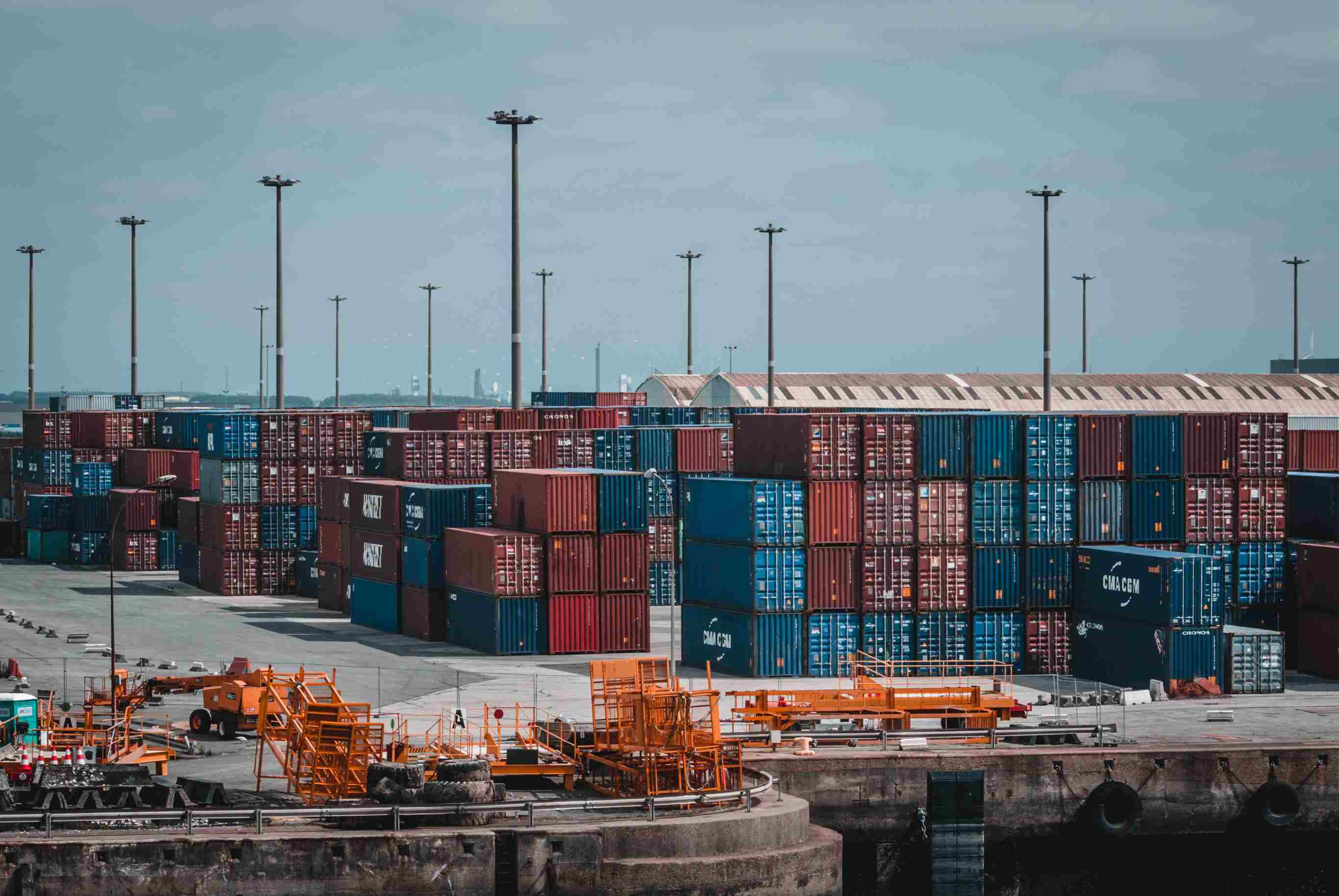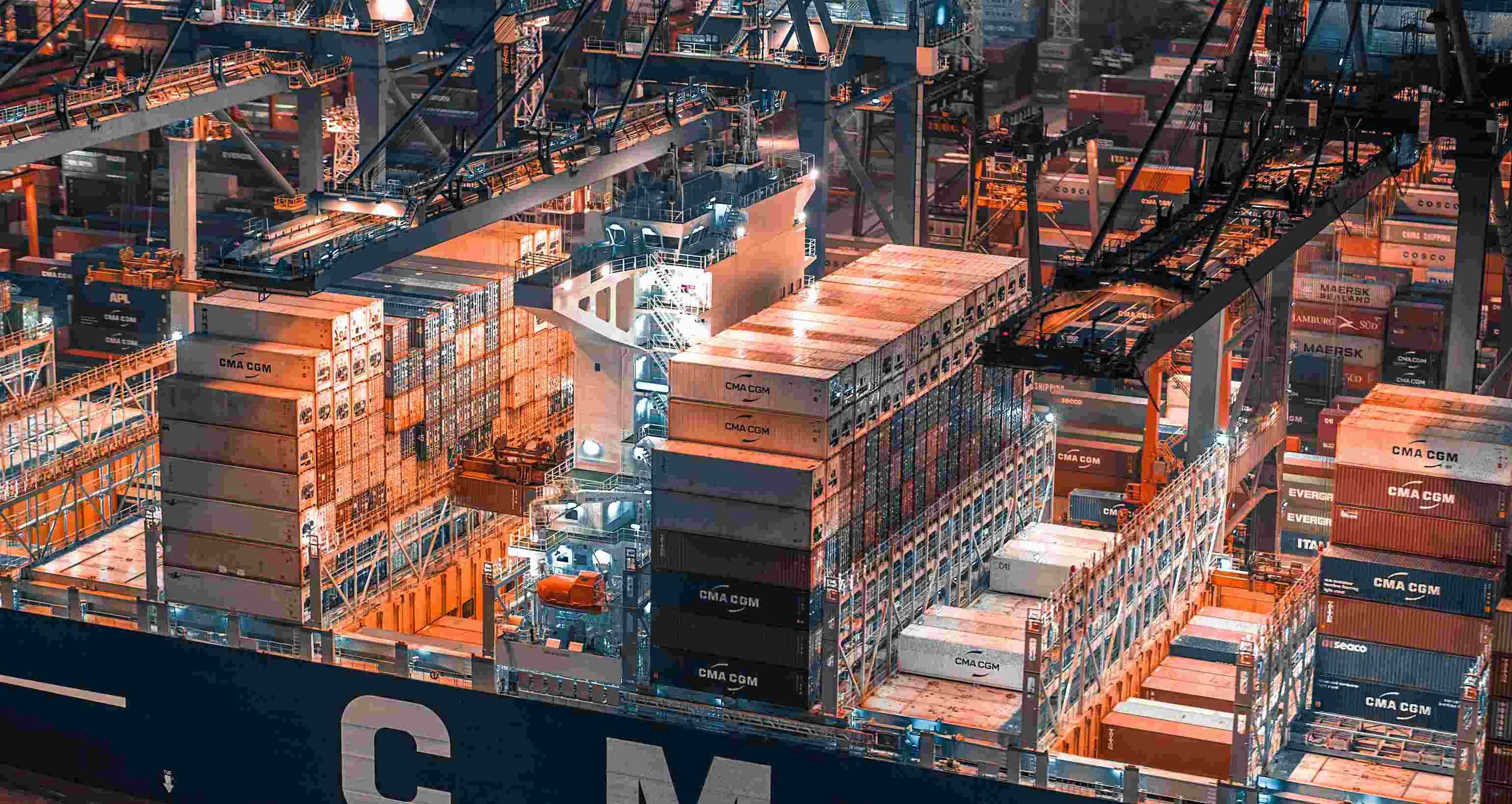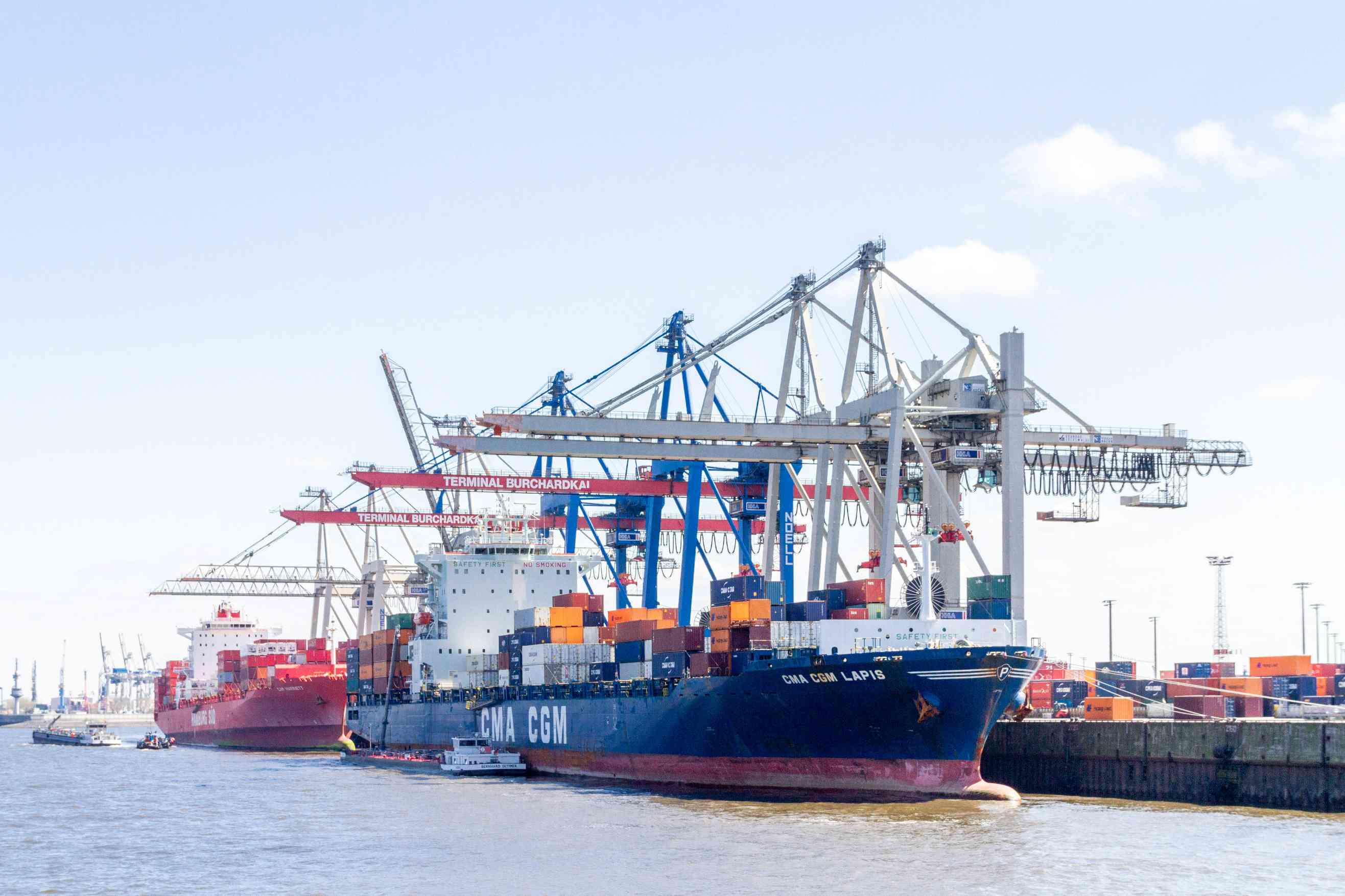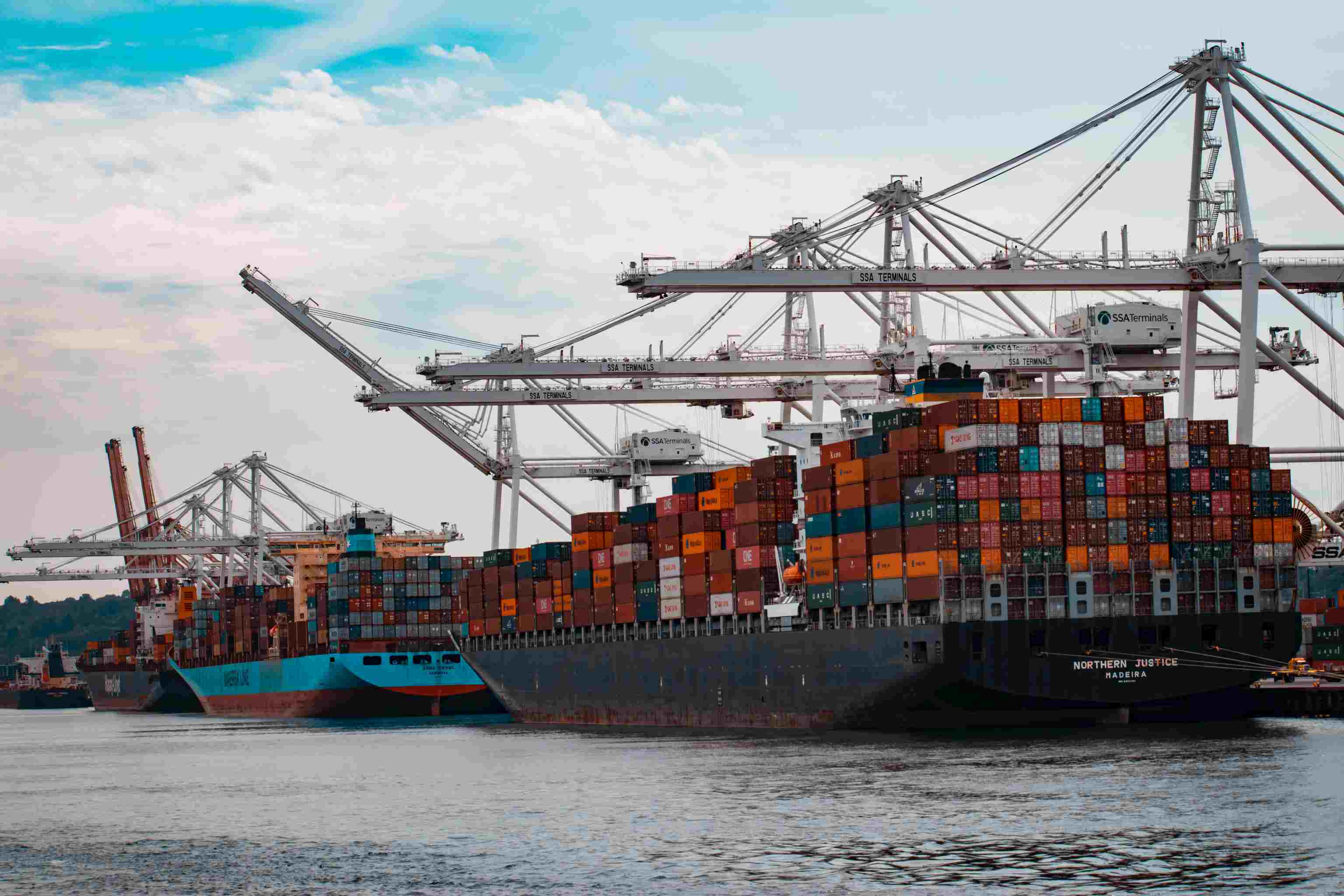The thirst of airline profit is still difficult to resolve
Reporter Chen Junjie
On August 23, due to rising freight rates for capesize and small vessels, the Dry Bulk Freight Index (BDI) of the Baltic Trade and Shipping Exchange rose, and the overall dry bulk freight index rose 5 points to 692 points.
After hitting an all-time low of 290 points on February 10 this year, the BDI index has climbed in the past six months and has now reached around 700 points. Although there are still fluctuations, the market has seen hope for an economic recovery. However, industry insiders pointed out that because the fundamentals of the industry have not improved fundamentally, shipping will still exceed supply, and the BDI index will continue to rise weakly in the medium and long term.
Commodity trade is active
The BDI index is a weighted calculation of the rental prices of a number of major international routes, and most of the statistics are the freight of bulk raw materials. Bulk shipping mainly focuses on the transportation of iron ore, coal, steel, grain and other civilian materials and industrial raw materials. The operating status is closely related to the global economic prosperity and the decline in raw material prices.
Recently, the commodity market can be described as "hot", and the overall rise of the "black series" sector has led to the strengthening of the entire commodity. Among them, coke, rebar, hot-rolled coil, and coking coal have reached new stage highs, and the main coke futures contracts It is even more eye-catching. Since the third quarter, it has risen by more than 49%.
Analysts said that as the US Federal Reserve ’s interest rate hike is expected to cool down and delay in time, the US dollar ’s high level has fallen sharply, and major non-US currencies have rebounded sharply, which has led to a stronger overall export price of resources and commodities; the Brexit referendum The rising global uncertainty has forced developed countries to adopt more aggressive monetary and fiscal policies. Although the space for further QE (quantitative easing) in Japan and Europe has continued to be squeezed, the call for structural reform has continued to rise, relying on finances. The willingness to expand has been unanimously "cooperative" with the G8 (Group of Eight). In the context of China's supply-side reform, the government has adopted a tightening of the supply side to offset the lack of expected increase in the demand side. A resultant force was formed. When commodity prices rise, the demand for shipping in international trade will rise, driving freight rates up and pushing up the BDI index.
In addition, the recent sharp rise in BDI has also been affected by two other factors: first, the slow recovery of the global economy; second, the BDI index has reached a historical low in the past year, and there is also a strong rebound correction in technology Claim.
Oversupply in the shipping market
After hitting a high of 748 points on July 18, BDI has started a continuous downward trend. This makes many people in the industry not optimistic that BDI can strengthen in the long run. In their opinion, in addition to seasonal factors, the current rise also includes speculative elements of the recent surge in commodities, and the fundamentals of the industry have not improved significantly.
This situation is inseparable from the slowdown of the global economic development process and the weakness of international trade. The Global Trade Report released by the World Trade Organization in April predicts that the global trade growth rate this year is expected to be only 2.8%, which will continue to be lower than the average level of 5% over the past 30 years. At this point, the growth rate of global trade will be less than 3% for five consecutive years, which is the "worst" period since the 1980s.
From the perspective of the domestic medium-to-long-term situation, the downward pressure on the economy is still relatively large. Under the enthusiasm of commodities, the resurgence of some backward production capacity cannot change the relationship between supply and demand. The demand for steel continues to decline, and the excess capacity of steel and coal is still serious.
Therefore, the current level of BDI is far from the level required for the breakeven of the bulk carrier transportation, and the substantial recovery of the bulk shipping market has not yet “shot the gun”. Under the circumstances that the global economic recovery prospects are still uncertain and the Chinese economy is showing an "L-shaped" trend, it can be predicted that the bulk carrier transportation market will still be in excess capacity in the future.
It will take time for companies to get out of trouble
Although the BDI index has rebounded recently, it may take time for shipping companies to achieve profitability.
The industry believes that after BDI fell below 1600 points, the shipping company was operating at a loss. In the past year or so, BDI has almost never stood above 1,000 points, which is in line with the situation of shipowners' general losses.
On August 12, Maersk Line surrendered the "response" for the first half of the year: it realized operating income of US $ 10.035 billion, a decrease of 19.83% from US $ 12.517 billion in the same period last year; realized a net profit of US $ 114 million (the same period last year was US $ 1.221 billion) . On the basis of a profit of US $ 37 million in the first quarter, the loss in the second quarter dragged down the performance in the first half of the year. The second quarter loss was Maersk Line's third quarterly loss since 2012 and the first time it recorded a loss in the second quarter.
Previously the first half of 2016 results released by COSCO Shipping showed that the company recorded operating income of 2.84 billion yuan in the first half of the year, a year-on-year decrease of 21.79%; a net profit of 4.104 million yuan, a 98.87% year-on-year decrease. The half-year transportation volume reached 63.188 million tons, a year-on-year decrease of 1.797 million tons, a decrease of 22%. COSCO Shipping said that due to the sluggish international shipping market and the company's gains from disposal of equity investments and receipt of shipbreaking subsidies during the same period last year, the company did not have these two incomes during the same period this year, resulting in the overall decline in the company's performance. Data show that COSCO Shipping's 2015 annual operating income reached 6.841 billion yuan, but its net profit was only 146 million yuan. In the first quarter of 2016, operating income was 1.36 billion yuan, a decrease of 27.54% over the same period last year; net profit was 918,400 yuan, a decrease of 99.69% over the same period last year.





